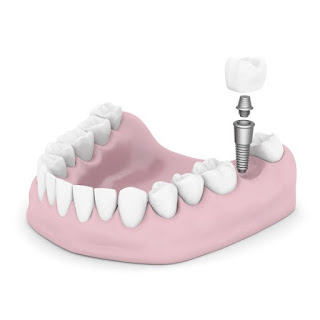Dental veneers have made their mark on the world of cosmetic dentistry by providing patients with a great way to replace tooth enamel that has become damaged, discolored, or otherwise unattractive. For many people, this is a long-term solution since the veneer will be cemented in place and hence is not something that can be removed very easily. As a result, many of our patients want to know how long
dental veneers typically last without needing to be repaired or replaced. The answer to this question is usually at least 10 years, but there are a sufficient number of factors that come in to play, which can influence that number in either direction. There have been numerous studies on this exact issue as many cosmetic and other dentists want a clear answer on how long their patients can expect
dental veneers to last. One study conducted on the longevity of
dental veneers found the following. In 96 percent of the participants, we found the veneers lasted a minimum of five to six years. This group was overlapped with a second group of 93 percent, whose dental veneers lasted between 10 and 11 years. A third significant group found that their dental veneers lasted between 12 and 13 years, accounting for 91 percent of the studied population. After 13 years, we found a small drop off in longevity, with only 71 percent of the participants reporting that their dental veneers lasted between 15 and 16 years. Even with these kinds of odds, it is relatively safe to say that your dental veneers will last at least 10 years as long as you take good care of them.
When considering dental veneers, in terms of longevity, it is important to look at the whole picture. This means that you have to be willing to understand that there is a great deal of human interference that can cause the veneers to fail earlier than they should. The two leading causes of failure, as recorded in studies, have a direct correlation with how people treat their teeth. Teeth are not tools and should not be used as such, since treating them in this calloused manner can damage the enamel and cause the dental veneer to fracture or crack. We have found that in more than 45 percent of cases where the dental veneer failed, there was a fracture involved. This means that the person was doing something with their teeth that they should not have been or were placing undue pressure on the tooth. Additionally, there is 28 percent of dental veneers that failed because they had a crack, again a manifestation of some kind of physical trauma placed on the veneers. It is up to you, as the user, to ensure that you are not putting undue pressure on either your teeth or your dental veneers.
The other area where you can impact how long your dental veneers last is by making sure that you have great oral hygiene. In up to 20 percent of cases, we find that bad oral hygiene leads to veneer loss.
Teeth Whitening Service > Cosmetic Dentist

